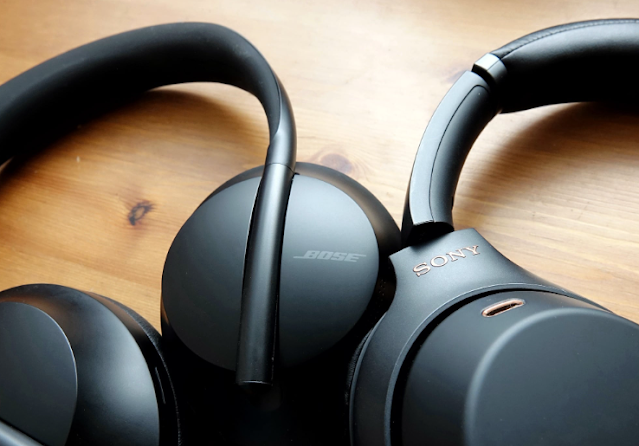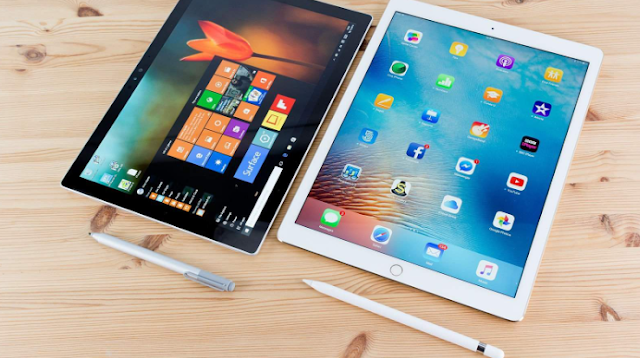Google Chrome vs. Mozilla Firefox: The Ultimate Browser Showdown
When it comes to web browsing, Google Chrome and Mozilla Firefox have emerged as two dominant players, each offering a unique set of features and a dedicated user base. This article aims to explore the key differences between Google Chrome and Mozilla Firefox, providing a comprehensive comparison to help users determine which browser is best suited to their needs and preferences.
Speed and Performance
Speed is a crucial factor when evaluating web browsers. Both Google Chrome and Mozilla Firefox have made significant strides in optimizing their performance, but there are some distinctions to consider. Google Chrome is renowned for its fast rendering and page loading capabilities. Its V8 JavaScript engine, developed by Google, is known for its efficiency and helps accelerate the browsing experience.
Mozilla Firefox, on the other hand, has undergone substantial improvements in recent years, particularly with its Quantum update. Firefox Quantum introduced a revamped engine and improved rendering capabilities, resulting in enhanced speed and responsiveness. While Chrome may have an edge in terms of raw speed, Firefox is often praised for its efficient memory usage, making it an appealing choice for users concerned about resource consumption.
Customization and User Interface
Both Chrome and Firefox offer a range of customization options to personalize the browser to your preferences. Chrome's user interface is known for its clean and minimalist design, with a focus on simplicity and ease of use. Chrome's intuitive interface makes it easy for users to navigate, access settings, and manage their browsing experience.
Firefox, on the other hand, places a stronger emphasis on customization and user control. Firefox offers a wide array of add-ons and extensions, allowing users to tailor their browsing experience to their specific needs. The browser also provides extensive settings for privacy, security, and advanced configuration, catering to tech-savvy users who desire a high level of control over their browser environment.
Privacy and Security
Privacy and security have become critical considerations in the digital age. Both Chrome and Firefox prioritize the protection of user data, but there are notable differences in their approaches. Google Chrome, developed by Google, collects and utilizes user data for various purposes, including personalized ads and services. While Google has implemented privacy controls and security features, some users may have concerns about the amount of data collected.
Mozilla Firefox, on the other hand, has a strong commitment to user privacy. Firefox emphasizes features such as Enhanced Tracking Protection, which blocks third-party tracking cookies, and offers strict anti-tracking measures to safeguard user data. Firefox also takes an active stance against web encryption vulnerabilities, often releasing security updates promptly to address any potential threats.
Cross-Platform Availability and Syncing
In today's multi-device world, seamless syncing and cross-platform availability are essential. Both Chrome and Firefox offer synchronization features that allow users to access their bookmarks, browsing history, and settings across multiple devices.
Google Chrome's syncing capabilities are tightly integrated with Google's ecosystem, enabling users to sync data seamlessly between devices, including desktops, laptops, smartphones, and tablets. Chrome's synchronization extends to Google services such as Gmail, Google Drive, and Google Photos, providing a cohesive experience.
Firefox Sync, offered by Mozilla, provides similar cross-platform syncing functionality. Firefox users can sync their data across devices, including desktops, laptops, and mobile devices. Firefox Sync also supports end-to-end encryption, ensuring that user data remains secure during synchronization.
Conclusion
Choosing between Google Chrome and Mozilla Firefox depends on individual preferences and priorities. Google Chrome offers a fast and streamlined browsing experience, with tight integration into Google's ecosystem. Its minimalist design and performance optimizations make it a popular choice for users seeking speed and simplicity.
Mozilla Firefox, on the other hand, focuses on user control, customization, and privacy. Firefox's extensive customization options, commitment to privacy, and efficient memory usage make it an attractive option for users who prioritize these aspects.
Consider factors such as speed, customization, privacy, security, and cross-platform availability when selecting a browser. Ultimately, both Google Chrome and Mozilla Firefox are robust choices that provide a reliable and feature-rich browsing experience, allowing users to enjoy the vast wonders of the internet with ease and convenience.


















